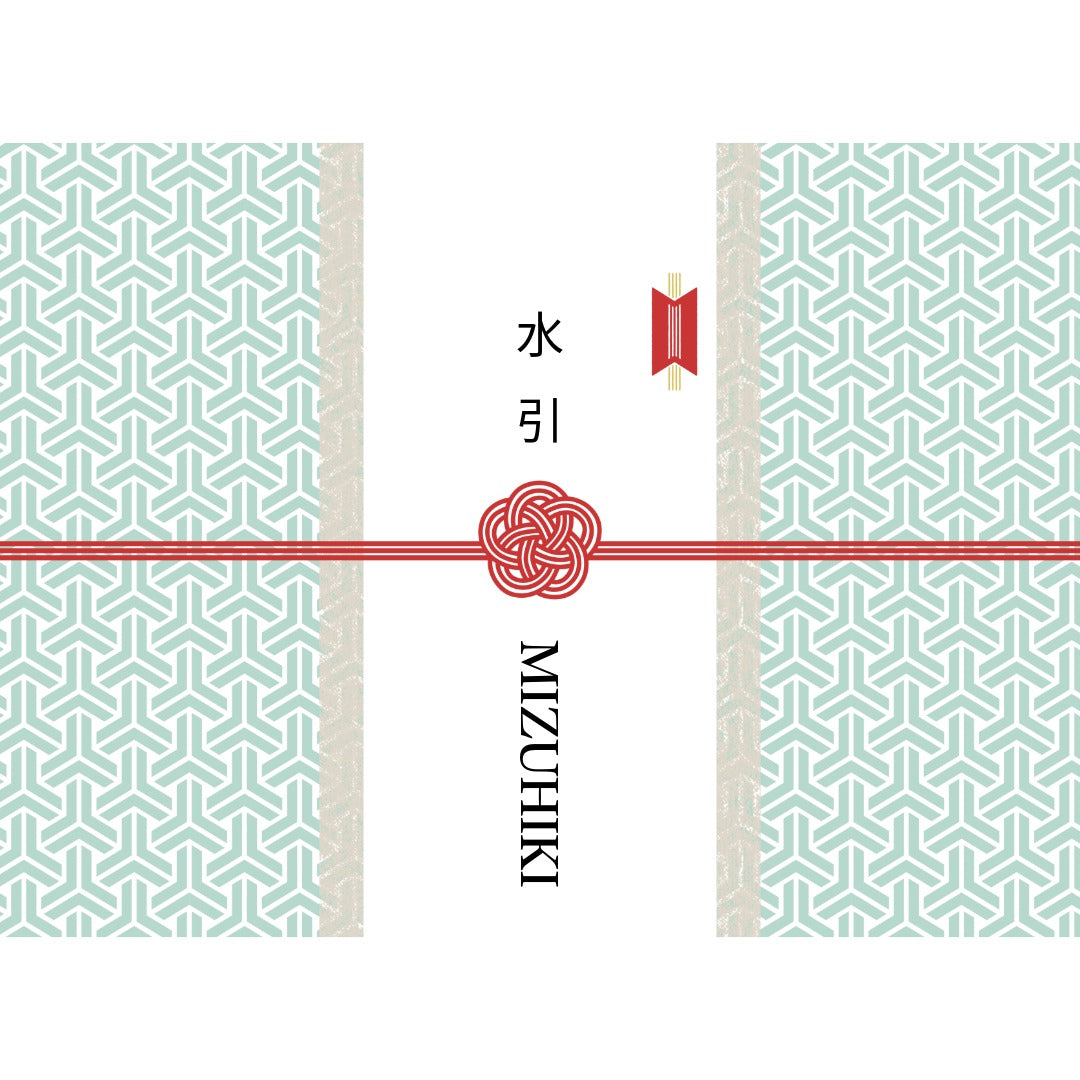
Traditional Japanese art Mizuhiki
Mizuhiki (水引) is a centuries-old Japanese craft.
Thin strings wrapped in rice paper are artfully knotted and tied into symbolic shapes.
Today I would like to tell you about the meanings of the most well-known Mizuhiki knots – and why they still play such an important role in celebrations, gifts, and congratulations in Japan today.
Originally used to decorate gifts and envelopes, mizuhiki can now also be found as jewellery, decorations, or small works of art. The cords are available in many colours—and each colour has its own symbolism.
In Japan, Mizuhiki is especially used for festive occasions, such as weddings, births, or the New Year. The intricate knots are considered symbols of good luck, protection, and a bright future .

Awaji knot (淡路結び / Awaji-mushubi)
- Shape: reminiscent of a horizontal loop or the infinity symbol (∞)
- Meaning: Constancy, lasting connection, harmony
- Special feature: difficult to solve → stands for eternal connection
- Application: often at weddings or partnerships, as it symbolizes "unbreakable bonds"

Ume knot (梅結び / Ume-musubi)
- Shape: reminiscent of a plum blossom (ume = Japanese plum) with five petals
- Meaning: Luck, new beginning, protection from misfortune
- Symbolism: The plum blossoms in winter, even before spring begins → stands for steadfastness, hope and new life
- Application: popular for New Year, births or as a talisman for a positive start
With the Awaji and Ume knots, you'll learn two of the most important forms of Mizuhiki art. Both combine beauty and deep symbolism—a wonderful example of how craftsmanship in Japan is interwoven with culture and meaning.
If you're interested in Mizuhiki, handmade jewellery, or special stationery, please visit here. →Mizuhiki Products